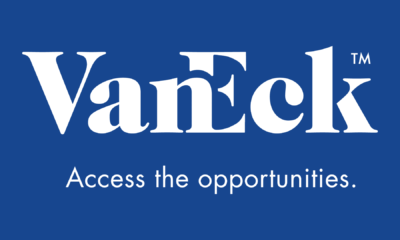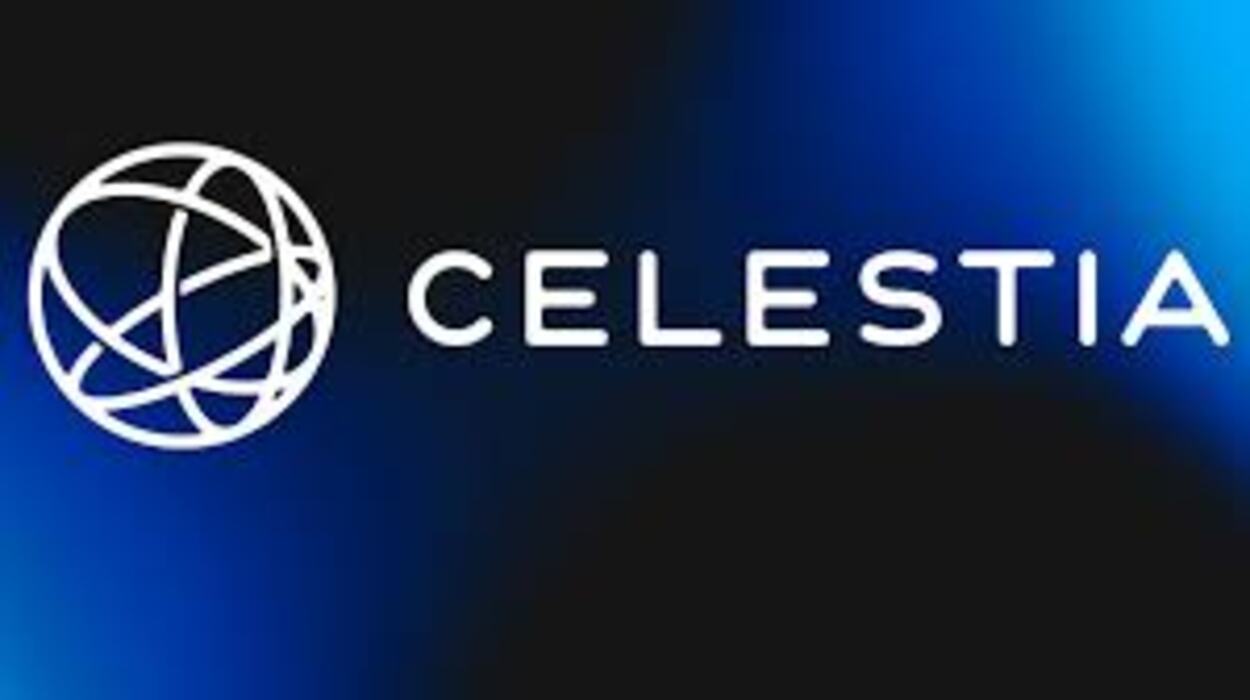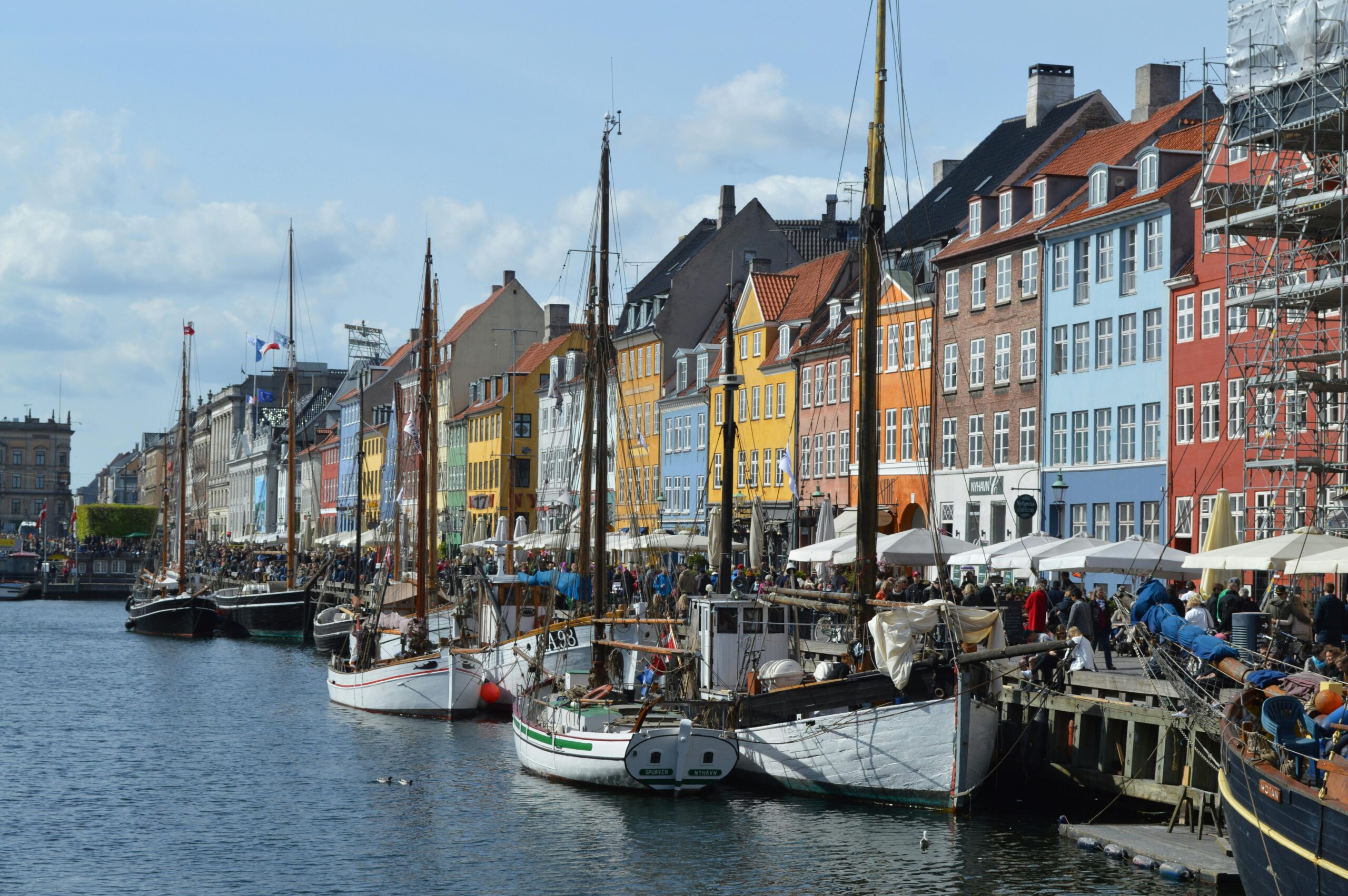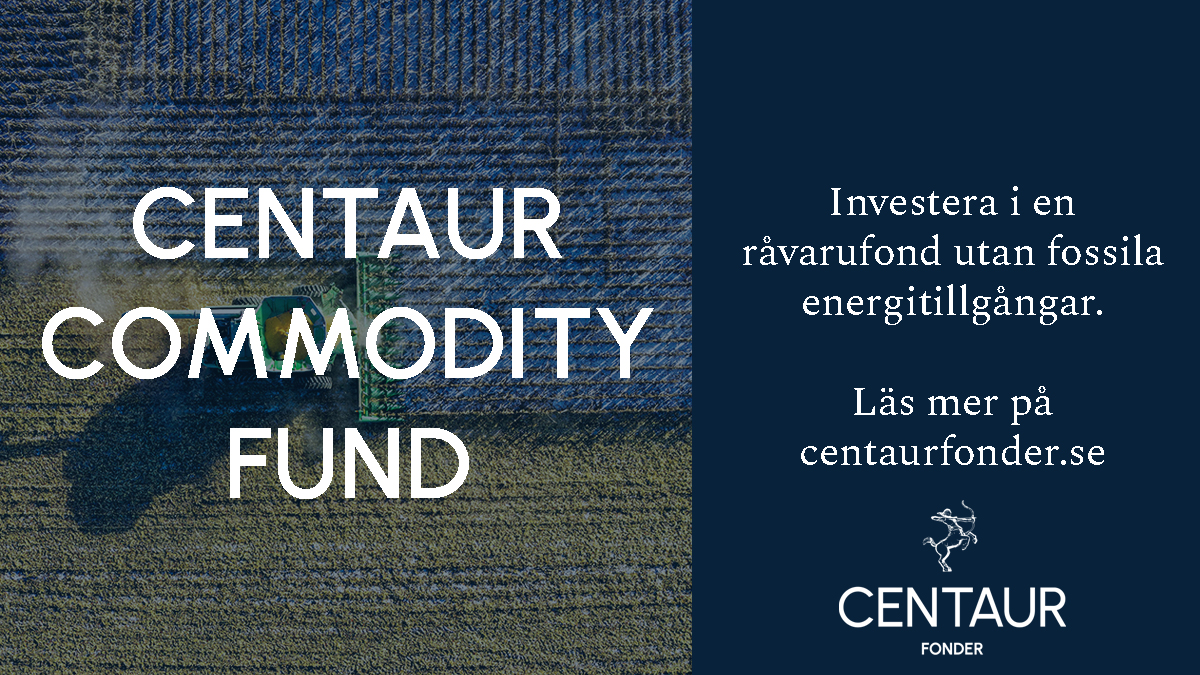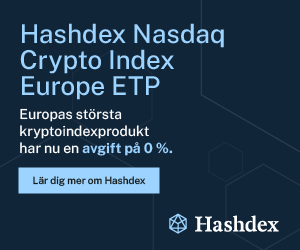VanEck Unconstrained Emerging Markets Bond – Mixed Signals in Emerging Markets
The market environment remains unsettled. The quality of the macro flow in major economies is still largely uneven (despite a larger number of positive macro surprises in both G10 and EM) and many central banks find themselves in a policy quagmire as additional monetary easing results in stronger currencies and higher interest rates. Markets continue to price in a dovish scenario for the Fed that envisages only two full policy rate hikes in the next three years. Neutral investor positioning (as measured, for example, by the American Association of Individual Investors) is up again. We interpret this as a by-product of tensions between serious macro/policy headwinds and tailwinds. The “tailwinds” cluster includes tentative signs that EM growth might be bottoming out, reasonably strong external accounts in many EMs and the stabilization (at least for now) of China’s international reserves. On the “headwinds” side of the equation we find multiple unresolved issues in Europe, major imbalances in China (possibly made worse by the recent policy moves), a Fed struggling with forward guidance, a massive widening of the EM fiscal gap and deteriorating corporate profitability. It is also worth noting that China’s activity indicators and the external trade numbers softened in the past month. We are also alarmed by the extent of speculation with commodity futures in China.
We think that many tailwinds exist…but will ultimately face headwinds. First, Chinese authorities have managed to slow down capital outflows through official channels. The valuation-adjusted decline in international reserves is now smaller than in November- December 2015. Authorities are also implementing additional measures to prop up growth – mainly through additional credit supply – albeit as we noted the latest activity numbers came below expectations. Possible fiscal stimulus might prop-up GDP growth as well. These factors should reduce the immediate depreciation pressure on CNY and authorities should be able to maintain the existing exchange rate regime for a little longer, alleviating concerns about the impact of CNY devaluation on other emerging currencies (especially in Asia). There are tentative signs (macro surprises, EM PMIs a touch stronger than in December) that the growth outlook in EM stopped deteriorating and additional policy support (if EM FX weakness is contained) might prove crucial for further progress. Limited EM FX weakness is also generally beneficial for the inflation outlook and lower inflation can further boost real interest rates in EM – which already look attractive relative to the past lows and relative to U.S. treasuries. An important aspect of China’s current policy mix is its positive impact (however temporary) on the housing market and, as such, on global commodity prices which should provide additional support to EM FX and external balances. However, the extent of China’s commodity speculation is of course an important question mark.
We also continue to believe that the headwinds abound and are persistent…and are winning for now. Our key concern is that China’s near-term growth/FX relief might come at a price of worsening imbalances which would make any future resolution more problematic. Specifically, the leverage context remains highly worrisome as authorities intend to accelerate money supply (M2 growth). The same applies to a very high bank assets/nominal GDP ratio especially when compared to China’s relatively low per capita GDP. The success of China’s credit boost is questionable given that it now takes four extra units of credit (TSF) to produce one extra unit of nominal GDP. Despite the recent small improvements, both China’s growth slowdown and the decline in international reserves are of historic proportions and the reserve adequacy now looks stretched on several metrics. So, while we acknowledge the recent positive signals coming from China, our longer-term view on China’s economic, policy and political challenges remains unchanged. Another set of concerns relates to the recent fiscal deterioration in EM and rating downgrades it might entail. After several years of stability (2010-2014), the aggregate EM fiscal gap widened sharply in 2015 reaching 3.7% of GDP – the worst in the past 15 years – and consensus expects further deterioration to 4% of GDP in 2016 and only small improvement to 3.5% of GDP in 2017. We doubt that rating agencies would respond kindly to the deterioration and expect further rating/outlook downgrades. Our third set of concerns centers on unresolved European issues. We are now on the final stretch to the Brexit vote in June, while the Grexit problem is resurfacing again and will keep on reappearing unless there are more radical steps taken to reduce the debt burden. The immigration/ refugee issue looks thoroughly mishandled and we should expect a further rise of political extremism. The situation in the European banking sector is murky at best and bank CDS failed to narrow further after the initial declines after the ECB meetings in March and April. There is also growing evidence that negative interest rates are punishing banks. Fourth, corporate profitability is deteriorating and capex spending remains high relative to cash flow from operations. Finally, markets might be pricing in too much of the Fed’s dovishness (only 18bps of hikes are seen in the next 12 months) in a situation when many inflation indicators are picking up. The U.S. growth outlook is likely to improve in Q2 and it appears there is virtually no visible deterioration in the labor market conditions.
The portfolio implications of these developments can be summarized as follows: (1) be nimble and liquid (the unconstrained approach is more important than ever); (2) be aware of the headwinds (we view them as resurgent) and have a reaction function (ours is when China’s property market stalls again and/or the Fed hikes); (3) respect tailwinds in downturns – big and long rallies often happen when things are bad. Specifically, we maintain our defensive positions (around 30% of the portfolio) in hard currency bonds with spread/beta (Argentina and Brazil) and/or with defensive characteristics (Israel and South Korea). We also reduced exposure to local currency denominated bonds (to about 10% of the portfolio). We focus on countries with high real interest rates, with central banks that are not afraid to tighten if necessary and whose currencies were allowed to depreciate during the past risk-off episodes (Argentina, Indonesia and Brazil). Finally, we have exposure to selective EM corporates (about 15% of our portfolio) – we focus on liquid companies that are low beta to the economy and that can benefit from FX weakness through local-currency costs.
Exposure Types and Significant Changes
The changes to our top positions are summarized below. Our largest positions are currently: South Korea, Brazil, Argentina, Mexico, and South Africa.
We added hard currency sovereign exposure in South Korea and Israel. Both countries are high-rated net creditors with solid fiscal and external positions and we regard their hard currency bonds as defensive diversifiers.
We also added hard currency sovereign exposure in Chile, Turkey and the Philippines. The external balances in Chile and Turkey are improving and the external position of the Philippines remains robust. It was also encouraging that the new governor of Turkey’s central bank has not surprised markets on the dovish side during his first monetary policy decision.
We reduced local currency exposure in Peru, Indonesia and Malaysia. In Malaysia, authorities’ failure to resolve the 1 Malaysia Development Berhad (1MDB) saga once and for all – with the latest episode genuinely surprising markets – is weighing on local assets. In Peru and Indonesia, local currencies no longer look cheap relative to the underlying commodity prices and in Indonesia there is an additional supply risk.
We also reduced local currency exposure in Mexico and Russia on concerns that they have over-reacted to commodity price stability.
Fund Performance
- The Fund (EMBAX) gained 1.28% in April, compared to a 2.17% gain for a 50% local-50% hard-currency index.
- The Fund’s biggest winners were Brazil, Argentina, and Indonesia. The Fund’s biggest losers were Russia, Mexico and Peru.
- Turning to the market’s performance, the GBI-EM’s biggest winners were Brazil, Peru and Colombia. The biggest losers were Poland, Romania and China.
The EMBI’s biggest winners were Belize, Venezula and Angola, while its biggest losers were Malaysia, Ivory Coast and China.
†Monthly returns are not annualized.
Please note that the information herein represents the opinion of the portfolio manager and these opinions may change at any time and from time to time.
Diversification does not assure a profit or prevent against a loss.
Expenses: Class A: Gross 1.44%; Net 1.25%. Expenses are capped contractually until 05/01/17 at 1.25% for Class A. Caps exclude certain expenses, such as interest. Please note that, generally, unconstrained bond funds may have higher fees than core bond funds due to the specialized nature of their strategies.
The tables above present past performance which is no guarantee of future results and which may be lower or higher than current performance. Returns reflect applicable fee waivers and/or expense reimbursements. Had the Fund incurred all expenses and fees, investment returns would have been reduced. Investment returns and Fund share values will fluctuate so that investors’ shares, when redeemed, may be worth more or less than their original cost. Fund returns assume that dividends and capital gains distributions have been reinvested in the Fund at Net Asset Value (NAV). Index returns assume that dividends of the index constituents have been reinvested. Investing involves risk, including loss of principal; please see disclaimers on next page. Please call 800.826.2333 or visit vaneck.com for performance current to the most recent month ended.
By Eric Fine, Portfolio Manager
11 Malaysia Development Berhad (1MDB) is a strategic development company, wholly owned by the Government of Malaysia. The G10 currencies are 10 of the most heavily traded currencies in the world.
Duration measures a bond’s sensitivity to interest rate changes that reflects the change in a bond’s price given a change in yield. This duration measure is appropriate for bonds with embedded options. Quantitative Easing by a central bank increases the money supply engaging in open market operations in an effort to promote increased lending and liquidity. Monetary Easing is an economic tool employed by a central bank to reduce interest rates and increase money supply in an effort to stimulate economic activity. Correlation is a statistical measure of how two variables move in relation to one other. Liquidity Illusion refers to the effect that an independent variable might have in the liquidity of a security as such variable fluctuates overtime. A Holdouts Issue in the fixed income asset class occurs when a bond issuing country or entity is in default or at the brink of default, and launches an exchange offer in an attempt to restructure its debt held by existing bond holding investors.
Emerging Markets Hard Currency Bonds refers to bonds denominated in currencies that are generally widely accepted around the world (such as the U.S.-Dollar, Euro or Yen). Emerging Markets Local Currency Bonds are bonds denominated in the local currency of the issuer. Emerging Markets Sovereign Bonds are bonds issued by national governments of emerging countries in order to finance a country’s growth. Emerging Markets Quasi- Sovereign Bonds are bonds issued by corporations domiciled in emerging countries that are either 100% government owned or whose debts are 100% government guaranteed. Emerging Markets Corporate Bonds are bonds issued by non-government owned corporations that are domiciled in emerging countries.
All indices are unmanaged and include the reinvestment of all dividends, but do not reflect the payment of transaction costs, advisory fees or expenses that are associated with an investment in the Fund. An index’s performance is not illustrative of the Fund’s performance. Indices are not se¬curities in which investments can be made. The 50/50 benchmark (the “Index”) is a blended index consisting of 50% J.P. Morgan Emerging Markets Bond Index (EMBI) Global Diversified and 50% J.P. Morgan Government Bond Index-Emerging Markets Global Diversified (GBI-EM). The J.P. Morgan Government Bond Index-Emerging Markets Global Diversified (GBI-EM) tracks local currency bonds issued by Emerging Markets governments. The index spans over 15 countries. J.P. Morgan Emerging Markets Bond Index (EMBI) Global Diversified tracks returns for actively traded external debt in¬struments in emerging markets, and is also J.P. Morgan’s most liquid U.S-dollar emerging markets debt benchmark. The J.P. Morgan Emerging Country Currency Index (EMCI) is a tradable benchmark for emerging markets currencies versus the U.S. Dollar (USD). The Index compromises 10 currencies: BRL, CLP, CNH, HUF, INR, MXN, RUB, SGD, TRY and ZAR. The Consumer Confidence Index (CCI) is an indicator designed to measure consumer confidence, which is defined as the degree of optimism on the state of the economy that consumers are expressing through their activities of savings and spending.
Information has been obtained from sources believed to be reliable but J.P. Morgan does not warrant its completeness or accuracy. The Index is used with permission. The index may not be copied, used or distributed without J.P. Morgan’s written approval. Copyright 2014, J.P. Morgan Chase & Co. All rights reserved.
Please note that the information herein represents the opinion of the portfolio manager and these opinions may change at any time and from time to time and portfolio managers of other investment strategies may take an opposite opinion than those stated herein. Not intended to be a forecast of future events, a guarantee of future results or investment advice. Current market conditions may not continue. Non-VanEck proprietary information con¬tained herein has been obtained from sources believed to be reliable, but not guaranteed. No part of this material may be reproduced in any form, or referred to in any other publication, without express written permission of Van Eck Securities Corporation ©2016 VanEck.
Investing involves risk, including loss of principal. You can lose money by investing in the Fund. Any investment in the Fund should be part of an over¬all investment program, not a complete program. The Fund is subject to risks associated with its investments in emerging markets securities. Investing in foreign denominated and/or domiciled securities may involve heightened risk due to currency fluctuations, and economic and political risks, which may be enhanced in emerging markets. As the Fund may invest in securities denominated in foreign currencies and some of the income received by the Fund will be in foreign currencies, changes in currency exchange rates may negatively impact the Fund’s return. Derivatives may involve certain costs and risks such as liquidity, interest rate, market, credit, management and the risk that a position could not be closed when most advantageous. The Fund may also be subject to credit risk, interest rate risk, sovereign debt risk, tax risk, non-diversification risk and risks associated with non-invest¬ment grade securities. Please see the prospectus and summary prospectus for information on these and other risk considerations.
Investors should consider the Fund’s investment objective, risks, and charges and expenses carefully before investing. Bond and bond funds will decrease in value as interest rates rise. The prospectus and summary prospectus contain this as well as other information. Please read them carefully before investing. Please call 800.826.2333 or visit vaneck.com for performance information current to the most recent month end and for a free prospectus and summary prospectus.

 Nyheter1 vecka sedan
Nyheter1 vecka sedan
 Nyheter3 veckor sedan
Nyheter3 veckor sedan
 Nyheter1 vecka sedan
Nyheter1 vecka sedan
 Nyheter3 veckor sedan
Nyheter3 veckor sedan
 Nyheter3 veckor sedan
Nyheter3 veckor sedan
 Nyheter4 veckor sedan
Nyheter4 veckor sedan
 Nyheter3 dagar sedan
Nyheter3 dagar sedan
 Nyheter2 veckor sedan
Nyheter2 veckor sedan







